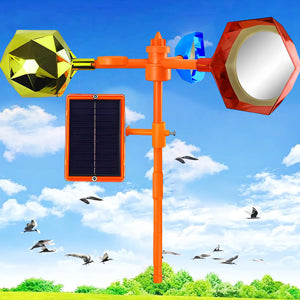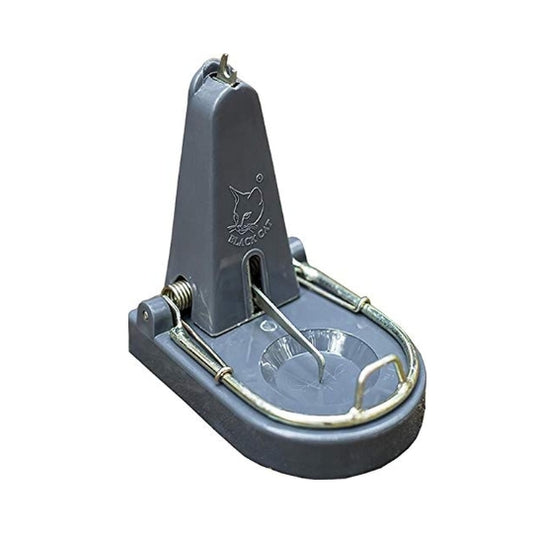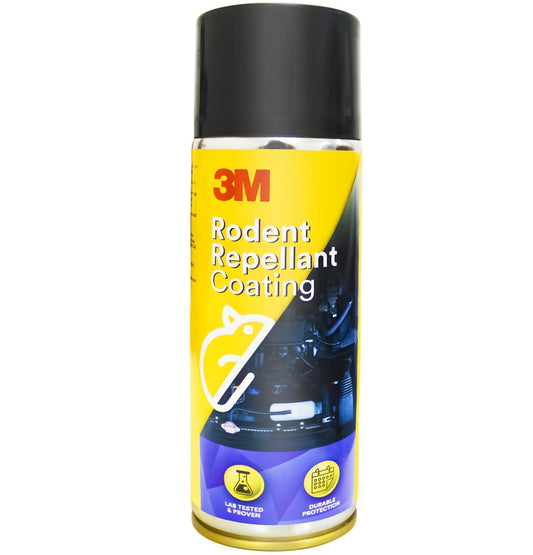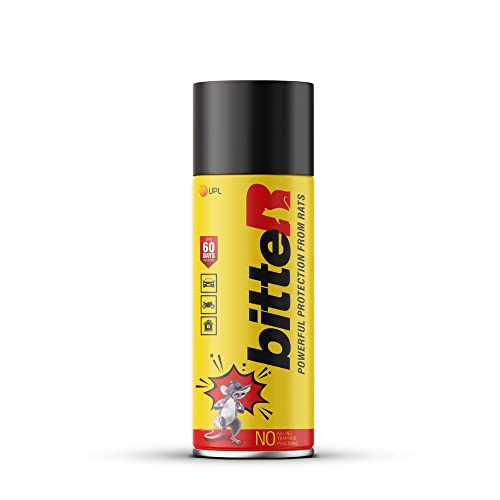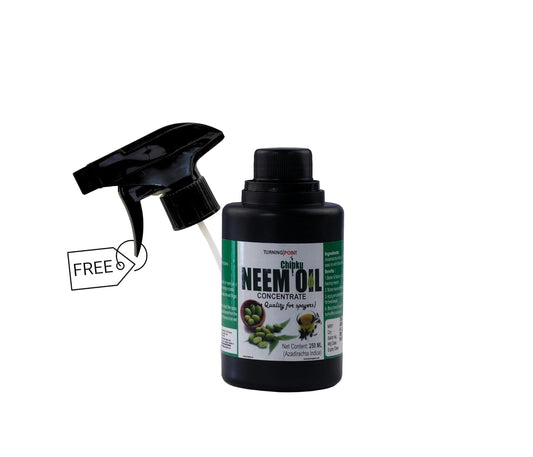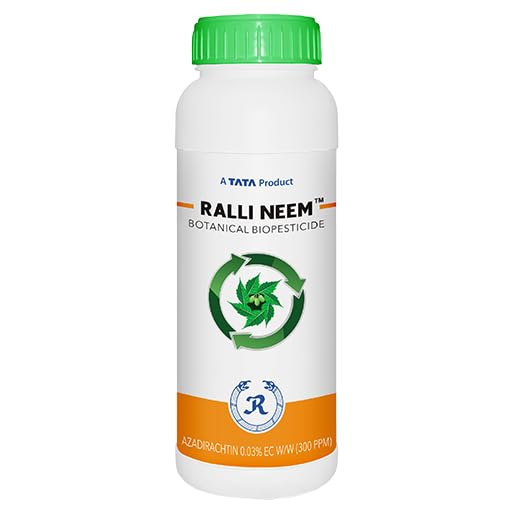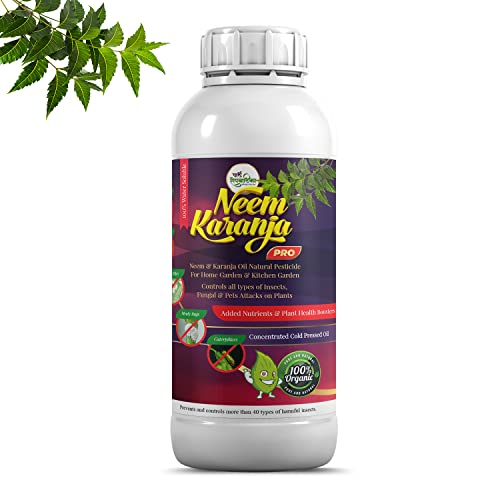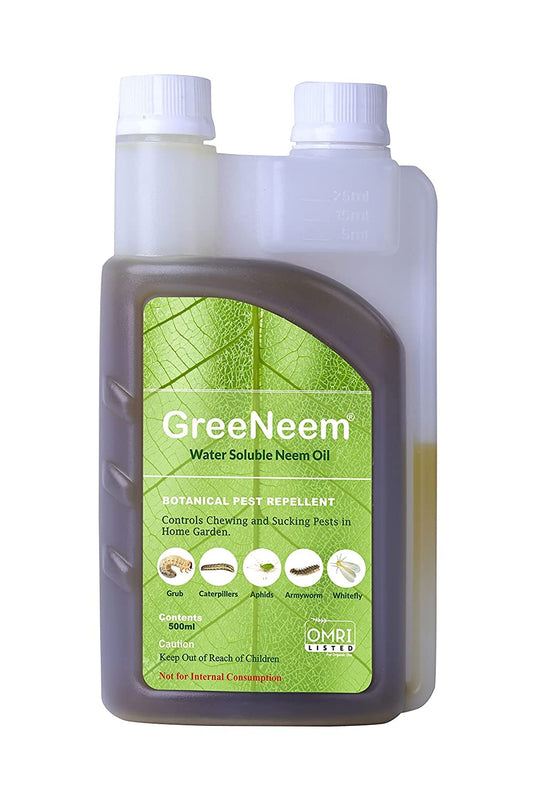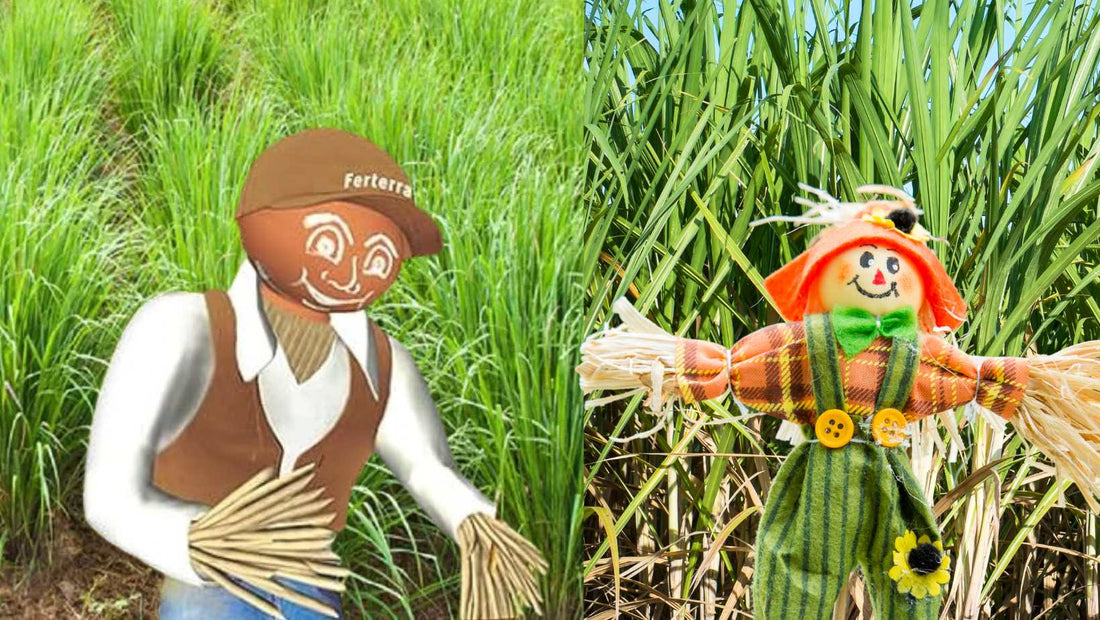
Combatting Proliferation of Crop Pests: A Comprehensive Guide to Integrated Pest Management (IPM) and Genuine Solutions
Share
The widespread use of modern monoculture farming methods has led to the proliferation of pests such as the Yellow Stem Borer, Paddy Leaf Folder, Early Shoot Borer, and Top Borer. These pests have become entrenched and quickly adapt to new crop plantings, causing significant damage to crops and reducing yields.
Yellow Stem Borer
The yellow stem borer (YSB), Scirpophaga incertulas, is a major pest of rice in Asia. It is a lepidopteran insect belonging to the family Crambidae. The larvae bore into the stems of rice plants, causing dead hearts and whiteheads. This can lead to significant yield losses, especially in late-planted rice crops.
The symptoms of YSB damage are:
Dead hearts: The central shoot of the rice plant dries up and turns brown.
Whiteheads: The panicle (rice grain) turns white and is empty of grain.
Windowpanes: Small, transparent areas on the stems of the rice plant.
Frass: Brown droppings of the YSB larvae.
The life cycle of the YSB is as follows:
Egg: The female YSB lays her eggs on the stems of rice plants.
Larva: The eggs hatch into larvae, which bore into the stems of the rice plants. The larvae are cream-colored with brown heads. They can grow up to 25 mm long.
Pupa: The larvae pupate inside the stems of the rice plants. The pupae are brown and about 20 mm long.
Adult: The pupae emerge as adults. The adults are moth-like insects with brown wings.
Paddy Leaf Folder
The paddy leaf folder (PLF), Cnaphalocrocis medinalis, is a major pest of rice in tropical and subtropical regions of Asia, Africa, and Latin America. It is a lepidopteran insect belonging to the family Pyralidae. The larvae fold the leaves of rice plants around themselves, causing damage to the photosynthetic tissues and reducing yield.
The symptoms of PLF damage are:
Folded leaves: The larvae fold the leaves of rice plants around themselves, creating a tube-like structure.
White streaks: The larvae feed on the photosynthetic tissues of the leaves, creating white streaks on the leaf blades.
Reduced tillering: PLF damage can reduce tillering, the process by which rice plants produce new shoots.
Yield loss: Severe PLF infestations can cause significant yield loss.
Life cycle of PLF
The life cycle of the PLF is as follows:
Egg: The female PLF lays her eggs on the underside of rice leaves.
Larva: The eggs hatch into larvae, which crawl onto the leaves and fold them around themselves. The larvae are greenish-yellow with brown heads. They can grow up to 25 mm long.
Pupa: The larvae pupate inside the folded leaves. The pupae are brown and about 10 mm long.
Adult: The pupae emerge as adults. The adults are moth-like insects with brown wings.
Early Shoot Borer of Sugarcane
The early shoot borer (ESB), Chilo infuscatellus, is a major pest of sugarcane in tropical and subtropical regions around the world. It is a lepidopteran insect belonging to the family Crambidae. The larvae bore into the central shoots of young sugarcane plants, causing dead hearts and reducing yield.
The symptoms of ESB damage are:
Dead hearts: The central shoot of the sugarcane plant dries up and turns brown.
Rotten shoots: The damaged shoots emit a foul odor.
Bore holes: Small holes can be seen on the stems of the sugarcane plants just above the ground level.
Reduced tillering: ESB damage can reduce tillering, the process by which sugarcane plants produce new shoots.
Yield loss: Severe ESB infestations can cause significant yield loss.
Life cycle of ESB
The life cycle of the ESB is as follows:
Egg: The female ESB lays her eggs on the underside of sugarcane leaves.
Larva: The eggs hatch into larvae, which crawl into the central shoots of young sugarcane plants. The larvae are cream-colored with brown heads. They can grow up to 25 mm long.
Pupa: The larvae pupate inside the central shoots of the sugarcane plants. The pupae are brown and about 15 mm long.
Adult: The pupae emerge as adults. The adults are moth-like insects with pale greyish-brown wings.
Top Borer of Sugarcane
The top borer, Dorylus helvolus, is a major pest of rice in tropical and subtropical regions of Asia and Africa. It is a coleopteran insect belonging to the family Scarabaeidae. The larvae bore into the panicles of rice plants, causing whiteheads and reducing yield.
The symptoms of Top Borer damage are:
Whiteheads: The larvae bore into the panicles of rice plants, causing the grains to turn white and empty.
Frass: Brown droppings of the Top Borer larvae can be found on the stems and leaves of rice plants.
Reduced tillering: Top Borer damage can reduce tillering, the process by which rice plants produce new shoots.
Yield loss: Severe Top Borer infestations can cause significant yield loss.
Life cycle of Top Borer
The life cycle of the Top Borer is as follows:
Egg: The female Top Borer lays her eggs in the soil near the base of rice plants.
Larva: The eggs hatch into larvae, which crawl up the stems of rice plants and bore into the panicles. The larvae are white and grub-like. They can grow up to 30 mm long.
Pupa: The larvae pupate in the soil near the base of rice plants. The pupae are white and about 20 mm long.
Adult: The pupae emerge as adults. The adults are large, black beetles with reddish-brown legs.
Addressing the issues
To address this issue, farmers need to implement integrated pest management (IPM) strategies that combine cultural practices with the use of modern pesticides like Ferterra. IPM emphasizes prevention and control of pests using a combination of techniques, reducing reliance on pesticides and minimizing environmental impact.
Cultural practices include:
Crop Rotation: Planting different crops in succession disrupts pest life cycles, reducing their populations.
Tillage Practices: Deep tillage buries crop residues, eliminating pest hiding places and reducing their survival rates.
Weed Management: Timely weed control prevents pests from using weeds as alternative hosts.
Water Management: Maintaining proper soil moisture levels can hinder pest development and promote crop health.
Resistant Crop Varieties: Selecting pest-resistant crop varieties can minimize pest damage.
Use of Modern Pesticides: Modern pesticides like Ferterra, when used judiciously as part of an IPM strategy, can effectively control pest populations. Ferterra is a soil application pesticide that targets the root system of pests, disrupting their growth and development.
Modern Challenge for Farmers
Farmers face challenges in adopting IPM practices due to a lack of knowledge and availability of genuine pesticides. Fraudulent and ineffective products often circulate in the market, further exacerbating the problem.
To ensure access to genuine Ferterra, farmers are advised to purchase it online from reputable platforms like Amazon. Amazon offers the following benefits:
Guaranteed Product Authenticity: Amazon ensures the authenticity of products sold on its platform, protecting farmers from fraudulent products.
Invoice Availability: Farmers receive invoices for their purchases, providing documentation for record-keeping and expense management.
Product Reviews and Ratings: Amazon's customer review system allows farmers to make informed decisions based on the experiences of other users.
Largest Online Marketplace: Amazon's vast reach provides farmers with a convenient and accessible platform to purchase genuine Ferterra.
Conclusion
In the battle against crop pests like the Yellow Stem Borer, Paddy Leaf Folder, Early Shoot Borer, and Top Borer, the adoption of Integrated Pest Management (IPM) strategies emerges as a holistic approach. By combining cultural practices and modern pesticides such as Ferterra, farmers can not only control pest populations effectively but also contribute to sustainable and resilient agricultural systems. The challenges of fraudulent products and limited knowledge are addressed by recommending the purchase of genuine Ferterra from trusted platforms like Amazon. This ensures product authenticity, documentation, and informed decision-making through customer reviews, thereby empowering farmers to protect their crops and enhance agricultural productivity.







